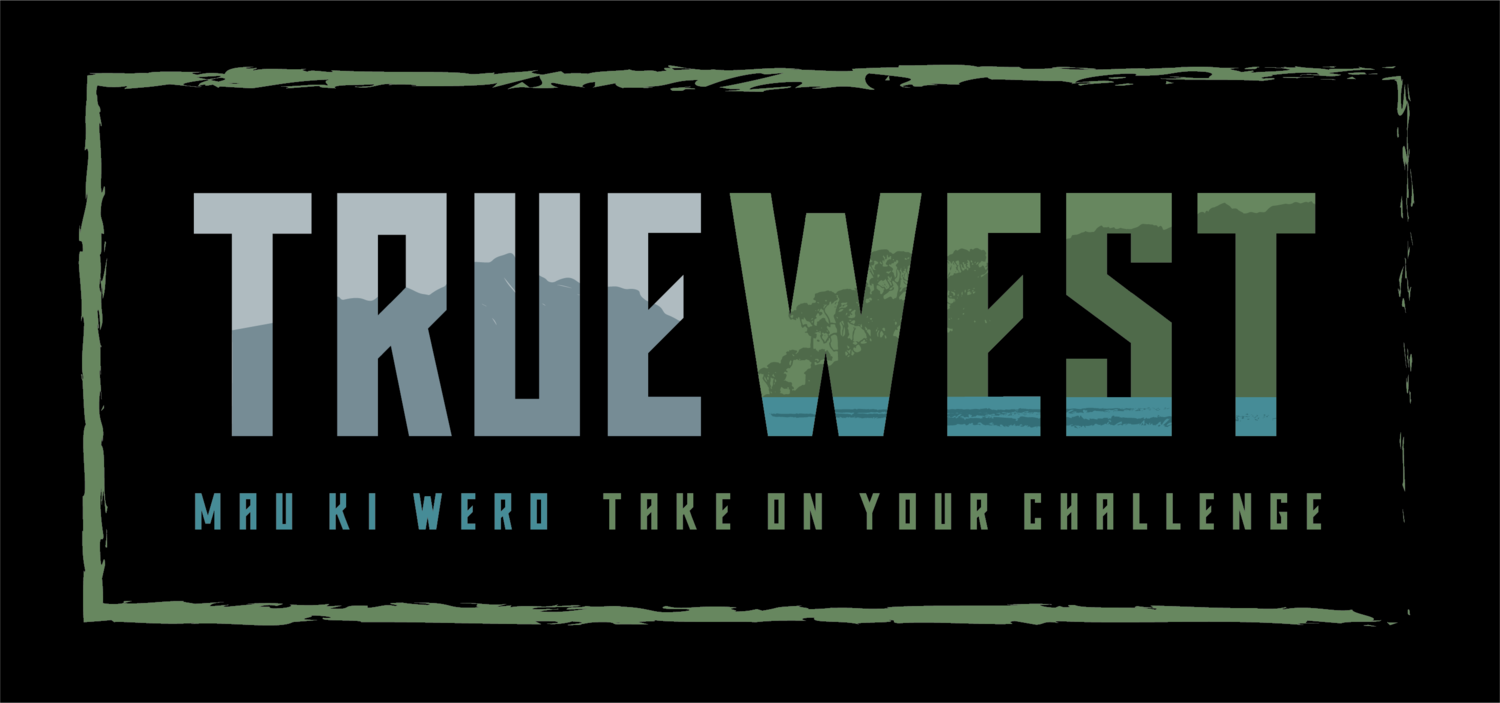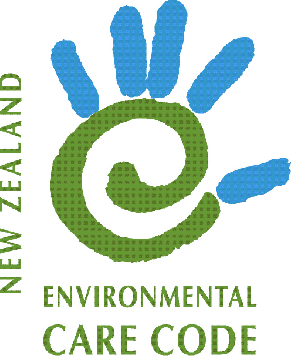ENVIRONMENT
What to expect on the West Coast ...
Teams must expect and prepare for all weather.
The region has a high rainfall. It is very common to have ‘heavy rain’ in the forecast for South Westland, where there is rainforest, there must be rain. October is the wettest month, and February is the driest, so December sits in the middle.
There can be glorious days in between the weather systems, they are incredible, but the race could be held in zero degree temperatures and intense wet weather. For early December, 20-degrees would likely be the hottest temperature, humidity can be high. There are 15-hours of daylight, from 6:00am to 9:00pm.
On certain climatic days, the insect and sand-fly population can be very active, so having some repellent and anti-itch cream is wise. The best coverage is clothing.
The region is of importance and significance to the Maori, Te Waipounamu — Westland, is the land of the greenstone, a treasured stone. There is rich and valued Maori history.
The Westland Temperate Forest ecoregion is one of the best examples in the world of a dynamic mountain landscape. Two of the earth’s crustal plates, the Pacific and the Indo-Australian, collide here.
The Southern Alps rise abruptly from the narrow coastal plain, with the line of plate contact marked by the Alpine Fault. Large portions of this ecoregion are protected as part of the vast Te Wahipounamu-South West New Zealand World Heritage Area, and this region contains relatively intact natural communities, with complete habitat sequences stretching from estuaries and coastal cliffs up to alpine habitat.
The land rises abruptly, with steep forested slopes dissected by deep gorges that drain the extensive snow fields above.
This ecoregion lies on the western side of the Southern Alps and by the Tasman Sea to the west. In some places, peaks that reach 3,500m are just 30km from the sea. The Quaternary Ice Age left behind a legacy of glaciers, moraine features and steep sided valleys.
Let’s care for our home
learn more about what you can do
PROTECT PLANTS AND ANIMALS
Treat New Zealand's forests and birds with respect. They are unique and often rare.
REMOVE RUBBISH
Litter is unattractive and can increase vermin and disease. Plan your visits to reduce rubbish, and CARRY OUT WHAT YOU CARRY IN.
BURY TOILET WASTE
In areas without toilet facilities, bury your toilet waste in a shallow hole well away from waterways, tracks, campsites and huts.
KEEP STREAMS AND LAKES CLEAN
When cleaning and washing, take the water and wash well away from the water source. Because soaps and detergents are harmful to water-life, drain used water into the soil to allow it to be filtered. If you suspect the water may be contaminated, either boil it for at least 3 minutes, or filter it, or chemically treat it.
ENJOY YOUR VISIT
Enjoy your outdoor experience. Take a last look before leaving an area: will the next visitor know that you have been there?
KEEP TO THE TRACK
By keeping to the track, where one exists, you lessen the chance of damaging fragile plants.
CONSIDER OTHERS
People visit the back country and rural areas for many reasons. Be considerate of other visitors who also have a right to enjoy the natural environment.
TAKE CARE WITH FIRES
Portable fuel stoves are less harmful to the environment and are more efficient than fires. If you do use a fire, keep it small, use only dead wood and make sure it is extinguished by dousing it with water and checking the ashes before leaving.
RESPECT OUR CULTURAL HERITAGE
Many places in New Zealand have a spiritual and historical significance. Treat these places with consideration and respect.
Protect the environment for your own sake, for the sake of those who come after you, and for the environment itself.
Toihu te whenua (Leave the land undisturbed)





